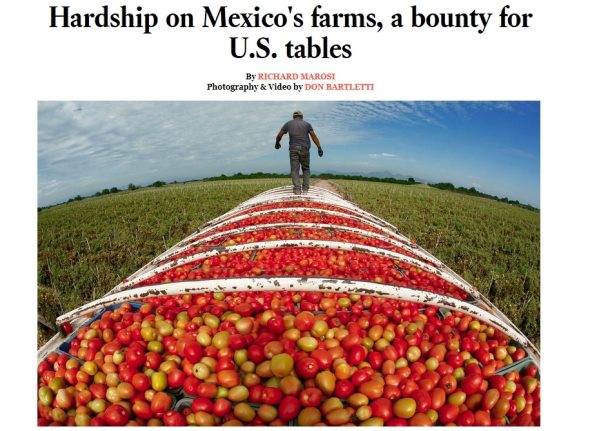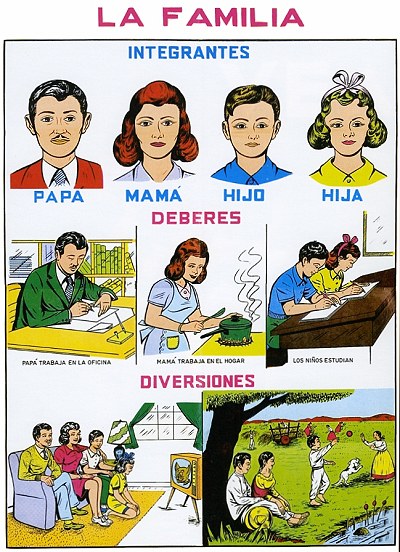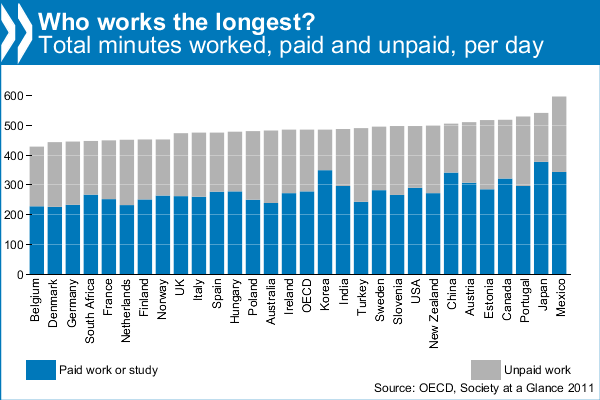Los ninis are young people (aged 15-29) that “ni trabaja, ni estudia” (neither work nor study). They have become the focus of much press attention in the past few years, often accompanied by the phrase “Mexico’s lost generation”.
According to a recent OECD report, “Education at Glance 2015”, two out of every ten Mexicans in the 15-29 age group neither studied nor worked in 2013, the latest year for which there is data. The report found that 22.3% of Mexican in that age category were ninis, a slight decrease compared to 25.0% in 2011. After population increase is taken into account, Mexico has about 200,000 fewer ninis than in 2011.
Mexico’s percentage of ninis is above the average for all 34 OECD member countries, and is the fifth highest among OECD members, after Turkey (31.3%), Greece (28.5 %), Spain (26.8 %) and Italy (26.1 %). Very few of Mexico’s 7.3 million ninis (only 3.8%) are technically “unemployed”; most ninis have not actively sought work and are therefore considered “inactive”.
In Mexico, most ninis are female. For example, in the 20-24 age group, around 10% of males are ninis, compared to 40% of females.
The figure of 7.3 million will no doubt again be disputed by Mexico’s Secretariats of Education (SE) and of Labor and Social Welfare. In 2011, the Secretariats issued a joint rebuttal of the OECD figure, and claimed that 78% of those reported by OECD as ninis were young married women, with children, who dedicated themselves to home-making. The Secretariats emphasized that the figures revealed a gender inequality in access to educational and economic opportunities, linked to cultural patterns where many young women still saw marriage and motherhood as their preferred or only option.
Related posts:
- Females, males and gender inequality in Mexico
- More Mexican women entering the workforce and becoming heads of households
- The Gender Gap in Mexico in 2012 (Nov 2012)
- The rapid expansion of literacy and education in Mexico (Nov 2011)
- Mexico’s changing society: the phenomenon of “los ninis” (Aug 2011)
- The value in Mexico of unpaid work in the home (Aug 2012)






